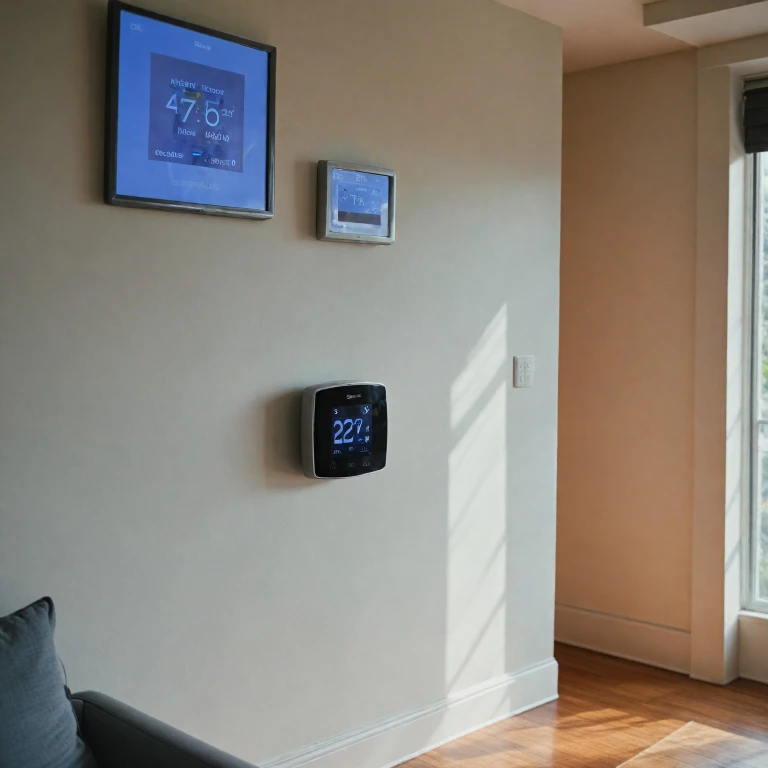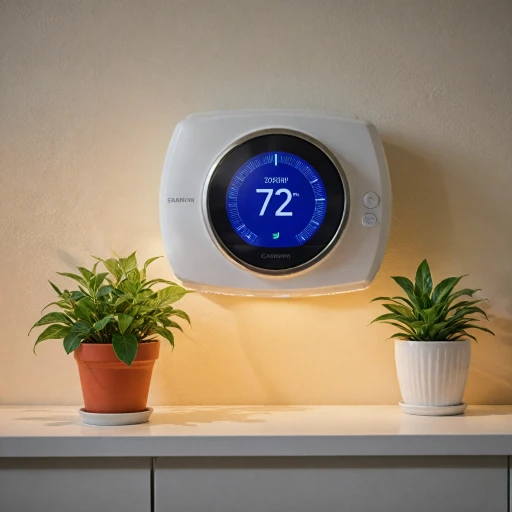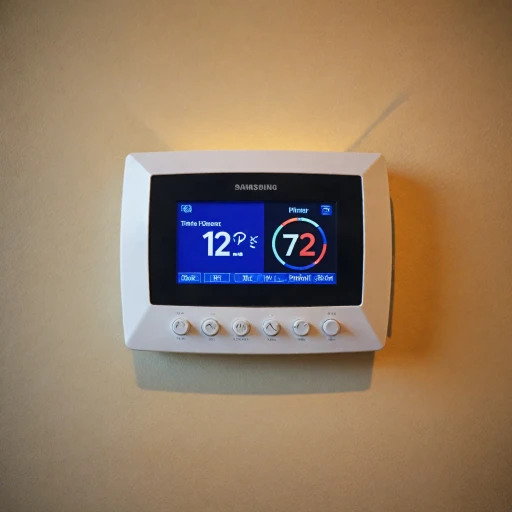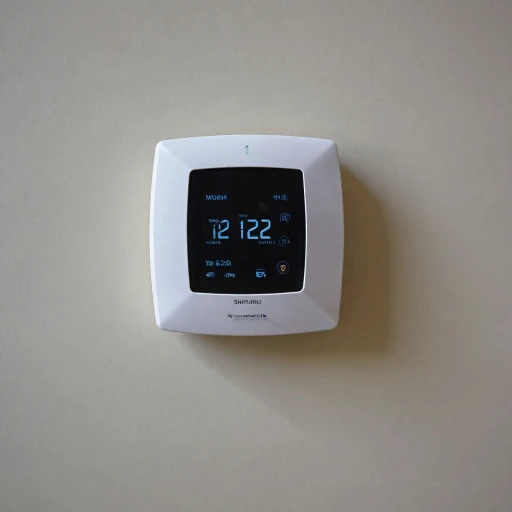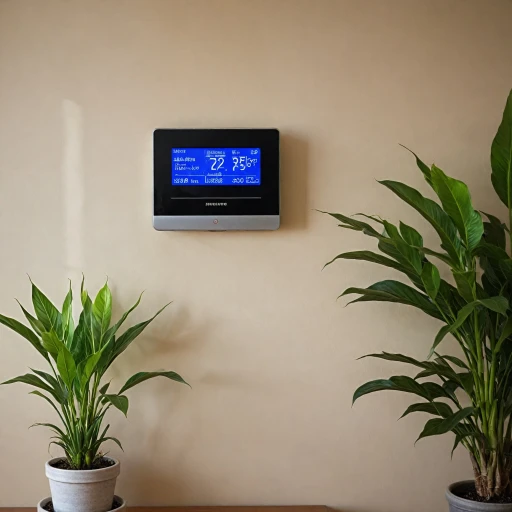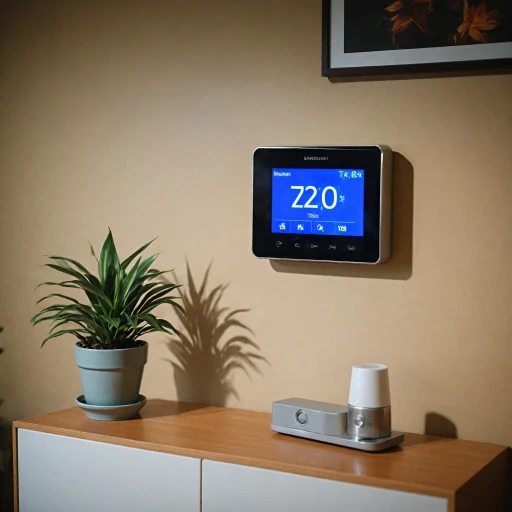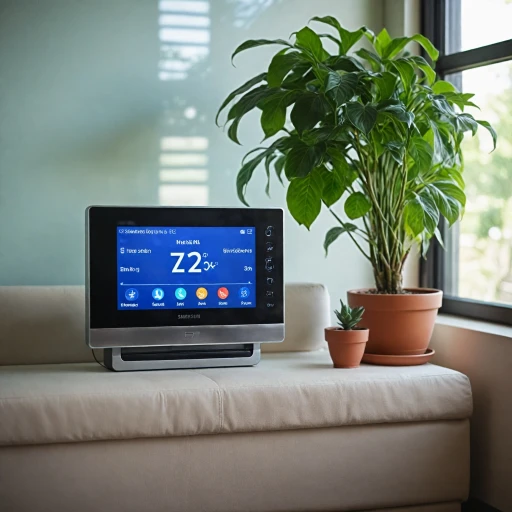
Factors Influencing Smart Thermostat Longevity
Elements Impacting the Life Expectancy of a Smart Temperature Controller
The longevity of a smart thermostat is a pivotal aspect for homeowners aiming to maximize the value of their investment. Many factors influence how long these devices last and knowing them can help optimize your heating and cooling system over time. Let's delve into these factors:
- Quality of Manufacturing: Like any electronic device, the build quality of your smart thermostat plays a crucial role in its longevity. High-quality materials and components can ensure the system withstands wear and tear better than cheaper models.
- Usage Patterns: Frequent adjustments to temperature settings or overuse of the device can strain its internal systems. Just as an engine in a car needs a break every now and then, smart thermostats benefit from regular, consistent use rather than constant alterations.
- HVAC System Compatibility: Ensuring your digital thermostat is compatible with your current HVAC system is vital. A mismatch can lead to inefficiencies or, worse, energy wastage and potential for repair needs down the road.
- Installation Quality: Proper installation is key in preventing unnecessary strain or damage to your thermostat. Faulty installation can often lead to poor performance or the necessity to replace thermostat much sooner than expected.
- Environmental Factors: Just like a car thermostat, smart thermostats are susceptible to temperature extremes. Excessive heat or cooling impacts the internal electronics, which can decrease the device's lifespan.
- Software and Firmware: Software updates play an essential role in extending the life of digital thermostats by optimizing performance and addressing bugs or issues.
Understanding these factors can help you make informed decisions about choosing and maintaining your thermostat, ensuring it provides energy efficiency and cost savings for years to come. For more insights on maintaining and troubleshooting your thermostat effectively, visit this resource.
Comparing Smart Thermostats to Traditional Models
Technological Advancements in Thermostats
The evolution of thermostats from traditional to smart has significantly influenced their efficiency and functionality. Smart thermostats have revolutionized the way we manage indoor climate control, offering several advantages over their conventional counterparts.
Enhanced Energy Efficiency
Smart thermostats are equipped with features that adjust temperature settings based on your routines. This capability ensures an optimal balance between comfort and energy savings, unlike traditional thermostats that require manual adjustments. As a result, smart thermostats contribute to reduced energy consumption and lower energy bills. Users can expect better energy management, which directly impacts the average lifespan of your HVAC system, as it reduces strain on these systems.
Advanced Features and Connectivity
A key advantage of smart thermostats is their ability to connect with various smart home devices, enabling a more cohesive and convenient experience. You can control your heating and air conditioning settings remotely through smartphone apps, ensuring a comfortable environment upon arrival. Moreover, these devices learn your preferred temperature settings, adjusting automatically, which boosts temperature management efficiency.
Data-Driven Insights
Another significant benefit is the ability to access energy usage data. Smart thermostats provide insights into how much energy your heating and cooling systems use, helping you identify patterns and make informed decisions to improve energy efficiency.
Maintenance and Longevity
While traditional thermostats may last for a significant duration, the wear and tear from constant manual adjustments often require more frequent maintenance or repair. In contrast, smart thermostats incur less mechanical stress and, when coupled with regular troubleshooting, tend to boast a longer lifespan.
In conclusion, when deciding whether to replace your current model, consider the benefits smart thermostats offer in terms of energy efficiency, connectivity, and reduced maintenance needs.
Signs Your Smart Thermostat Needs Replacement
Indications It's Time to Replace Your Digital Thermostat
It's vital to know when it's time to replace the smart thermostat in your home, just like keeping an eye on a car's engine to avoid potential future problems. Recognizing the signs early can save energy and ensure your HVAC system runs smoothly. Firstly, evaluate the performance of your heating and cooling system. If the temperature settings don't match the real air temperature, or if rooms remain inconsistently heated or cooled, these may be signs of a malfunctioning thermostat. This can lead to higher energy bills due to overcompensation as the system works harder to achieve the desired comfort. Digital thermostats often signal their need for replacement through erratic temperature fluctuations, continuous display errors, or if you frequently need to manually reset them. Also, be wary if the HVAC system won't start—much like when a car's coolant issue prevents the engine from cooling. Moreover, an unresponsive interface or a thermostat that doesn't hold programming can mean it's time to replace it. Although smart thermostats last years beyond traditional systems, their repair sometimes just extends their lifespan for a short period. If your thermostat has surpassed its average lifespan and the heating system still struggles despite calibration attempts, consider looking into installation of a new model. A properly functioning digital thermostat is crucial for energy efficiency, saving on energy costs, and optimizing your home's comfort. Using advanced temperature settings can extend the life of your overall heating cooling system. For more insights on optimizing home comfort with smart thermostat technology, take a look at humidity thermostat controller to ensure better functionality.Maintenance Tips to Extend Your Thermostat's Life
Regular Upkeep for Optimal Functioning
While smart thermostats offer incredible convenience and efficiency, maintaining them is crucial to ensure they last. Regular maintenance practices can support the longevity of the device, enhance energy efficiency, and prevent unnecessary energy costs. Below are practical tips to help you extend the life of your smart thermostat.
Keep Sensors Clean
The sensor is a critical component of a smart thermostat, detecting temperature changes and adjusting the system accordingly. Dust and grime can impair its accuracy, leading to inefficient heating or cooling. Periodically clean the thermostat's exterior with a soft cloth, being careful around sensitive digital components.
Check Connections
Loose or corroded connections in the hvac system can cause the thermostat to malfunction or disconnect from the system. During installation or routine check-ups, ensure all wiring connections are secure. Regularly inspect the wires for signs of wear or damage, which might disrupt the control of your heating and cooling system.
Software Updates
Smart thermostats, much like other digital devices, often require software updates to improve functionality and security. Keeping the thermostat's software up to date helps you maximize its features and efficiency. Updates can sometimes introduce energy-saving capabilities or resolve issues, reducing the time and resources spent on potential repair tasks.
Replace Batteries on Time
If your digital thermostat runs on batteries, keeping track of their lifespan is essential. Weak batteries can result in inaccurate readings or system failure. Always replace batteries as recommended by the manufacturer to ensure the thermostat is operating smoothly.
Regular System Checks
Conduct regular checks of the entire HVAC system. A malfunctioning component, whether it's the air conditioning or the heating unit, can strain the thermostat. Scheduling professional inspections can uncover issues early, preventing a domino effect that could shorten the thermostat’s lifespan.
Overall, while no system lasts forever, diligent maintenance plays a vital role in prolonging the life of your smart thermostat, allowing it to remain an integral part of your home’s heating and cooling setup for many years.
